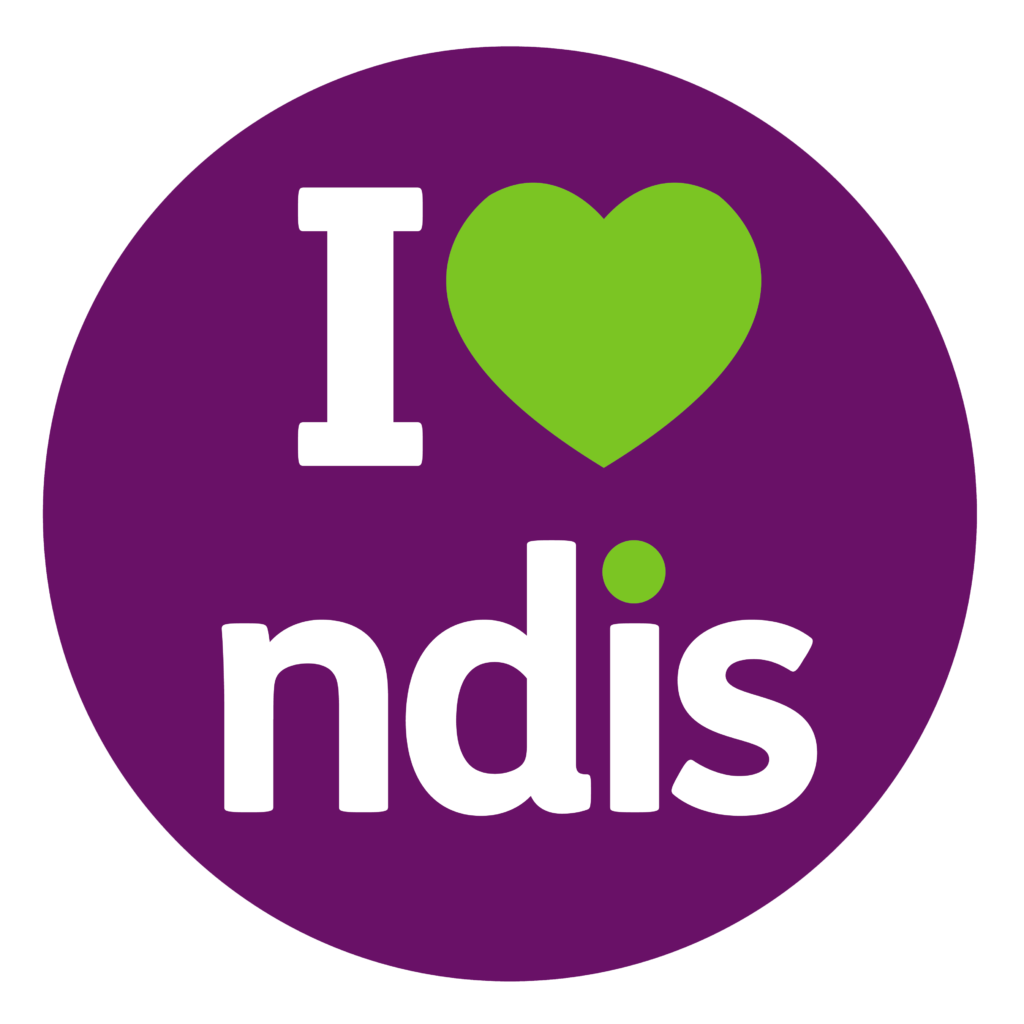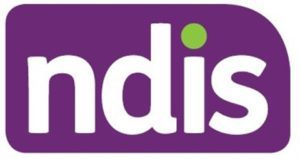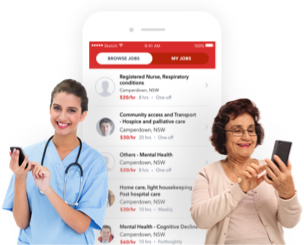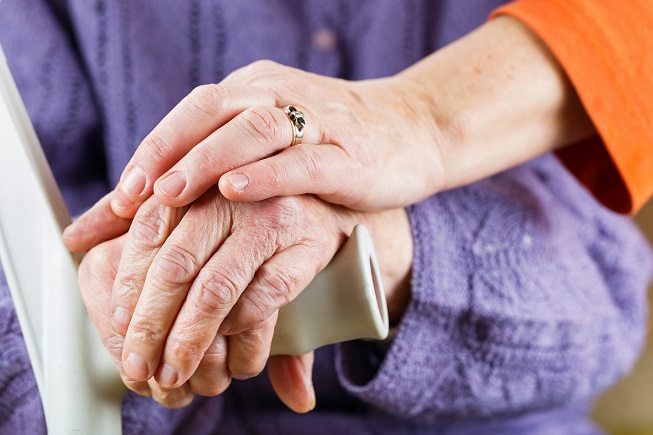An Easy-to-understand Guide to Accessing the NDIS

A few years ago, the Australian government rolled out the National Disability Insurance Scheme or the NDIS to help people with permanent and significant disability find support that will allow them to take part in ordinary, everyday activities.
But how does one access the NDIS? How does one know if they’re eligible for the government funding? We’re here to help you figure out the basics for accessing NDIS support.
First off, what is the NDIS?
The NDIS or the National Disability Insurance Scheme is a fund overseen by the National Disability Insurance Agency (NDIA). Basically, the government, the community, and industry work together to address the challenges people with disabilities may face day-to-day. The program ensures that Australians living with disabilities get proper support so they can live and enjoy life.
What can the NDIS provide me in terms of support, as a person with disability?
The NDIS can fund a variety of what are described as “reasonable and necessary supports” – basically treatments, equipment, or medication that can help you meet your goals, live independently, and take part in school, community, social activities, and work.
Some inclusions can be:
- Occupational therapy, speech therapy, and behaviour support
- Someone to assist with household maintenance
- Home design modifications like adding grab bars, ramps, making shelves and tables more accessible
- Fixes on your car to make it easier to use
- Transport services to help you be a part of your community, or just to go through daily life activities
- Assistive Technology or equipment ranging from modified cutlery for those with hand disabilities to hearing aids, walkers, wheelchairs, and typing software for the visually-impaired.
Keep in mind that these haveto be specifically related to your disability. Other non-inclusions are your day-to-day costs like groceries, support already being funded by other government programs, and anything that’s harmful to yourself or others.
The NDIS works with any programs you are already accessing so you shouldn’t be worried that you might lose healthcare or education support.
How do I know if I’m eligible for government support?
There a few factors to consider if you want to know if you can be an NDIS beneficiary:
- You must be under 65 years of age at the time of your application.
- You are an Australian Citizen, are a resident of the country, or have either a permanent visa or a protected special category visa.
- You typically need help from someone, or use special equipment, because of a permanent and significant disability – like if you have mobility issues etc, supported by evidence.
If you’re older than 65, however, don’t worry! While you won’t qualify for the NDIS, the Australian government has set up the Commonwealth aged care system for elderly people who need support. You can read more about it here.
Still not sure? Check this handy flowchart out.
How do I provide evidence of my (or my child’s) disability?
Since the NDIA has to determine who can access the NDIS, you will be required to provide evidence of disability that is:
- Recent
- Certified and confirmed by the health professional who sees you for your primary disability.
- Expounds on treatments and outcomes
- Clearly states and explains the impact of your disability on your day-to-day living situation.
You may request for this from your treating health professionals. Depending on your primary disability (the one that has the biggest effect on your daily life), you may speak to your:
- General Practitioner (or paediatrician)
- Rehabilitation Physician
- Orthopaedic surgeon
- Therapist
- Speech Pathologist
- Neurologist
- Psychiatrist
- Social worker
- And others who work with you in a similar capacity
The most important thing to consider is that the health professional you consult has treated you for at least six months, and that they are the best person to provide this evidence based on your consultations and treatment. Typically you will need to submit items like test results, answered questionnaires, the World Health Organization disability assessment schedule. There requirements are detailed here.
For help getting or understanding the requirements, you may enlist the help of a Local Area Coordinator (LAC) or speak to an Early Childhood, Early Intervention Partner (for your child aged 0-6 years) from the local NDIA .

How do I get started?
We’re glad you asked! If you believe you or the person you’re applying for is eligible for the NDIS based on the NDIA’s checklist, you can start your application by calling 1800-800-110 to make an Access Request, or ask for a form to fill from your local chapter.
Upon submitting, the required information you may know if you’re set for the NDIS within 10-12 business days, typically. However, you may need to wait up to a month if there are a lot of applicants alongside you. Being precise and providing enough documentation will definitely help speed things up.
We hope our guide helps you!
Easy Access to In-Home Carers
If you or someone you care about is living with disability and needs extra help with tasks such as personal grooming, preparing food, getting around, cleaning wounds, or taking medicines, then you might need an in-home caregiver.
Whether you need part-time or round-the-clock care, Kalinga Health can connect your with a committed, skilled, and compassionate carer!
Just download our app and start browsing for the right caregiver for your needs.





 Community Service and its Role in Improving Quality of Life for the Elderly and Disabled
Community Service and its Role in Improving Quality of Life for the Elderly and Disabled